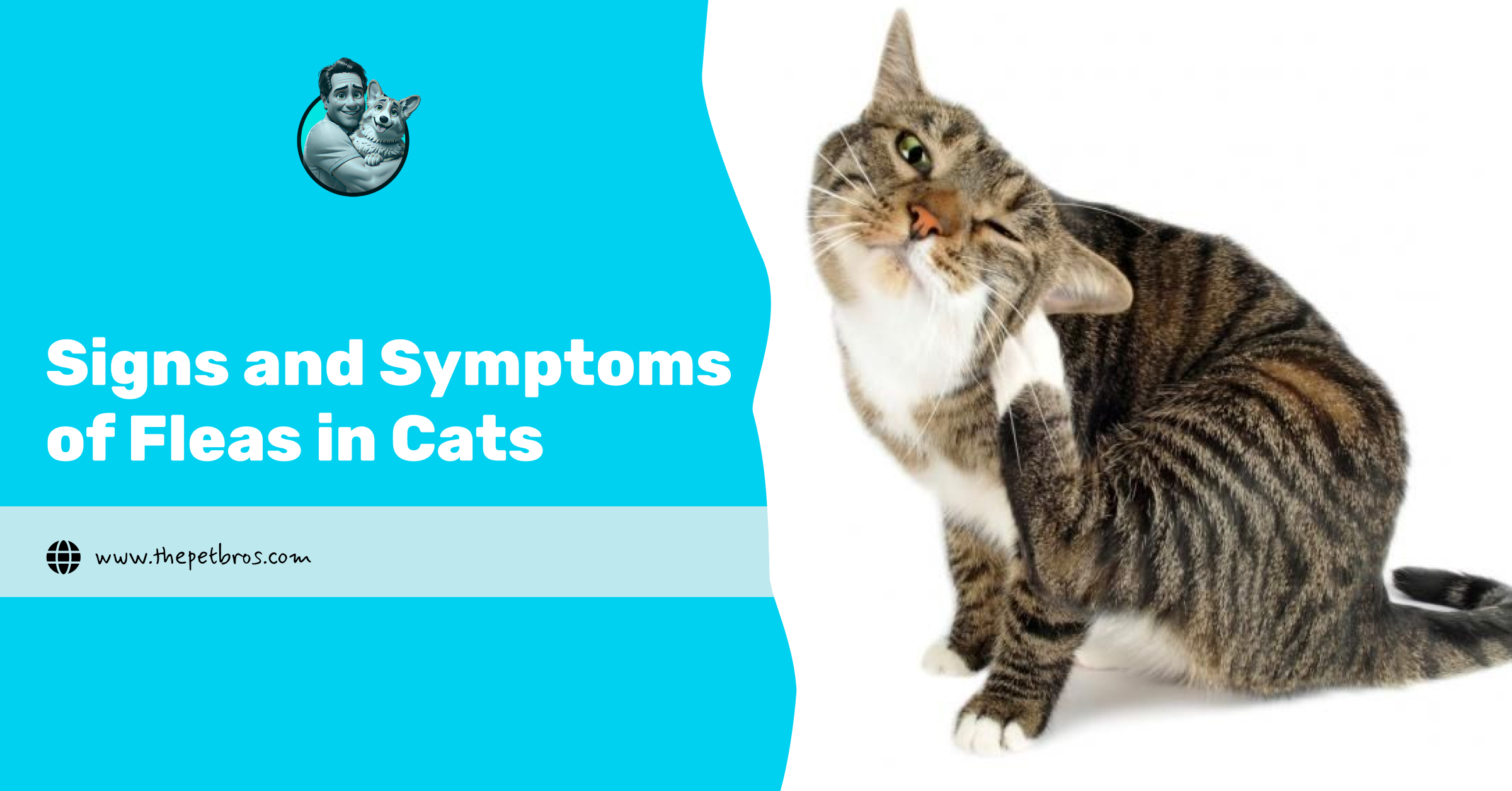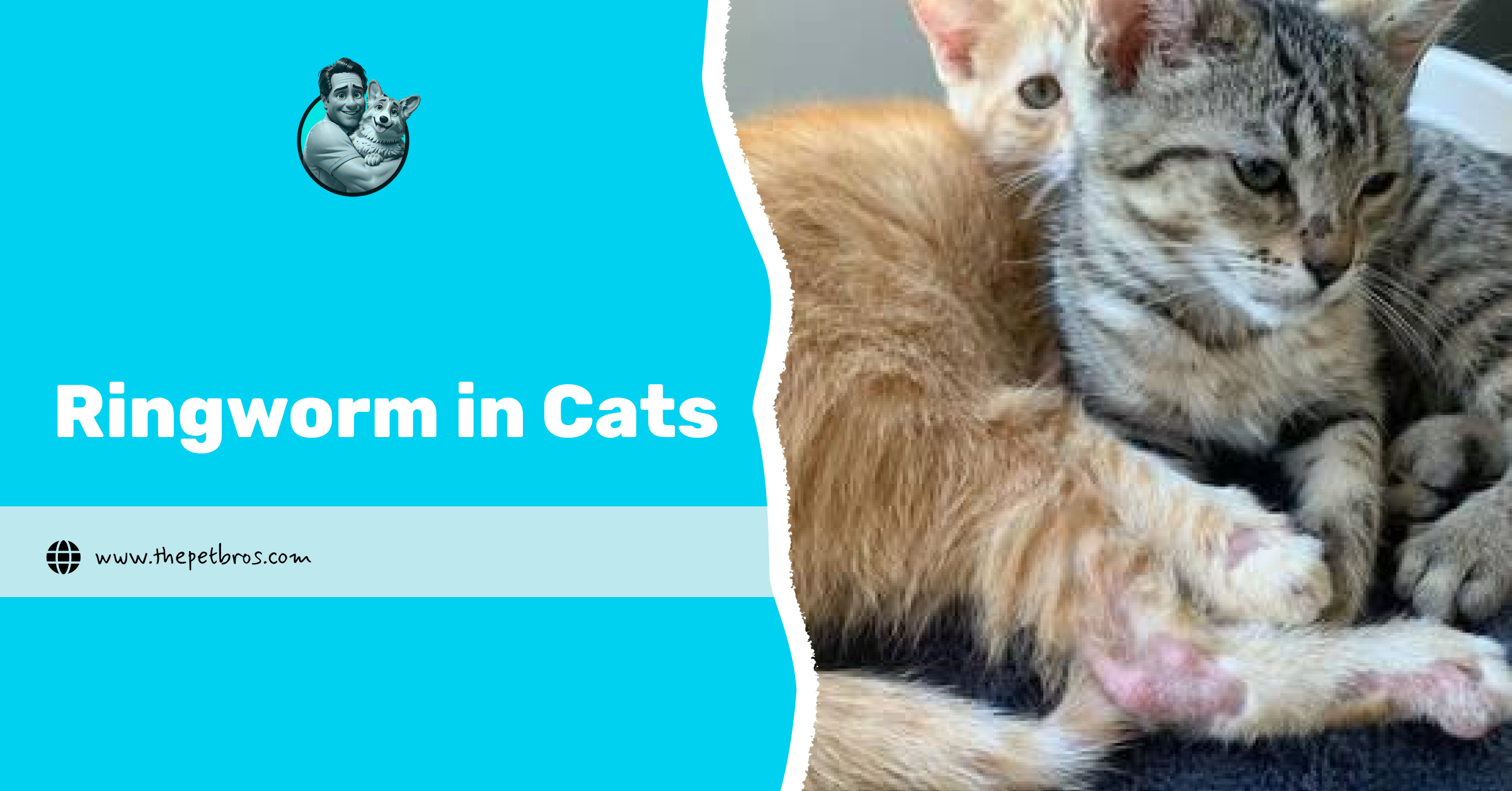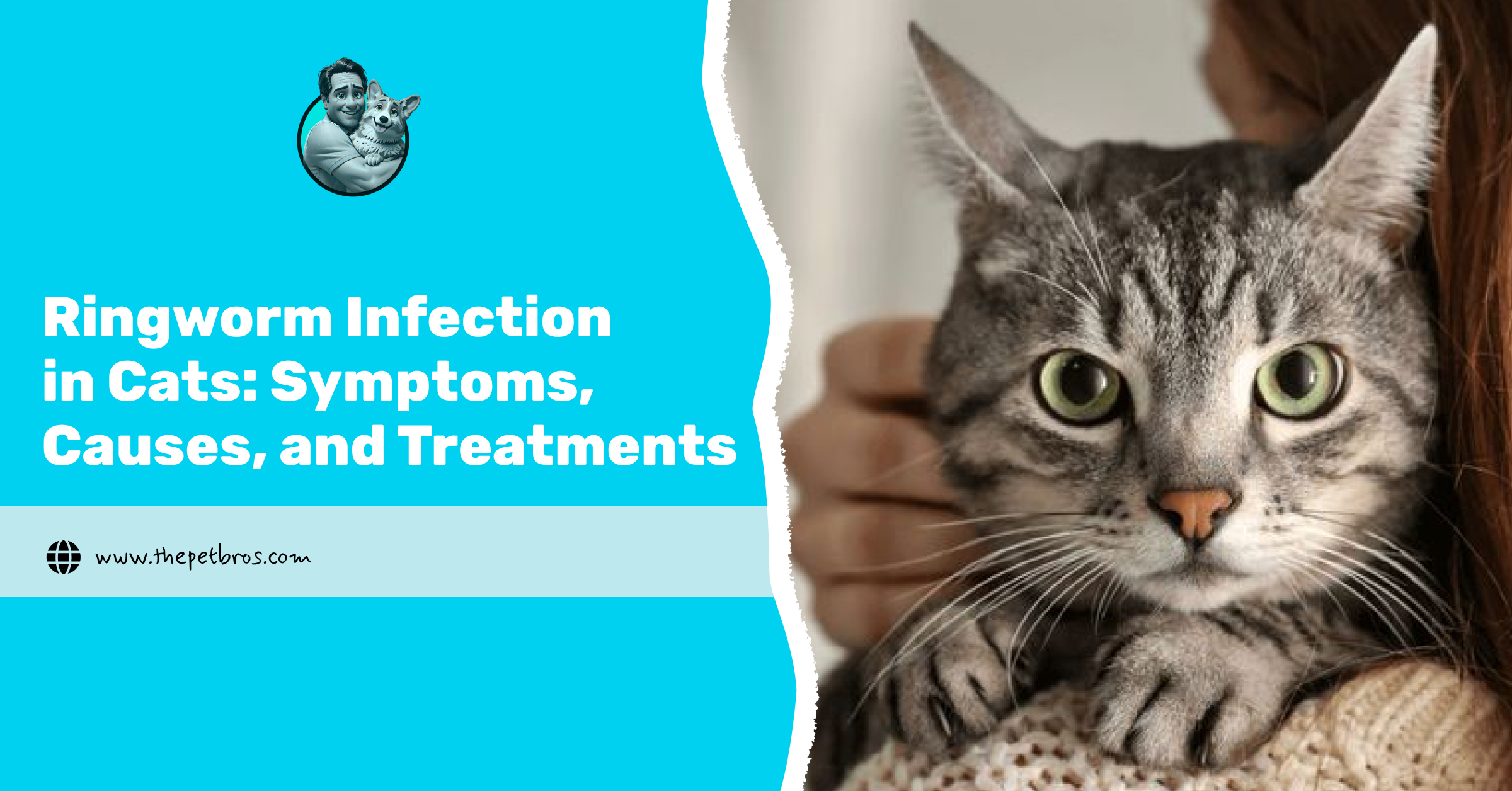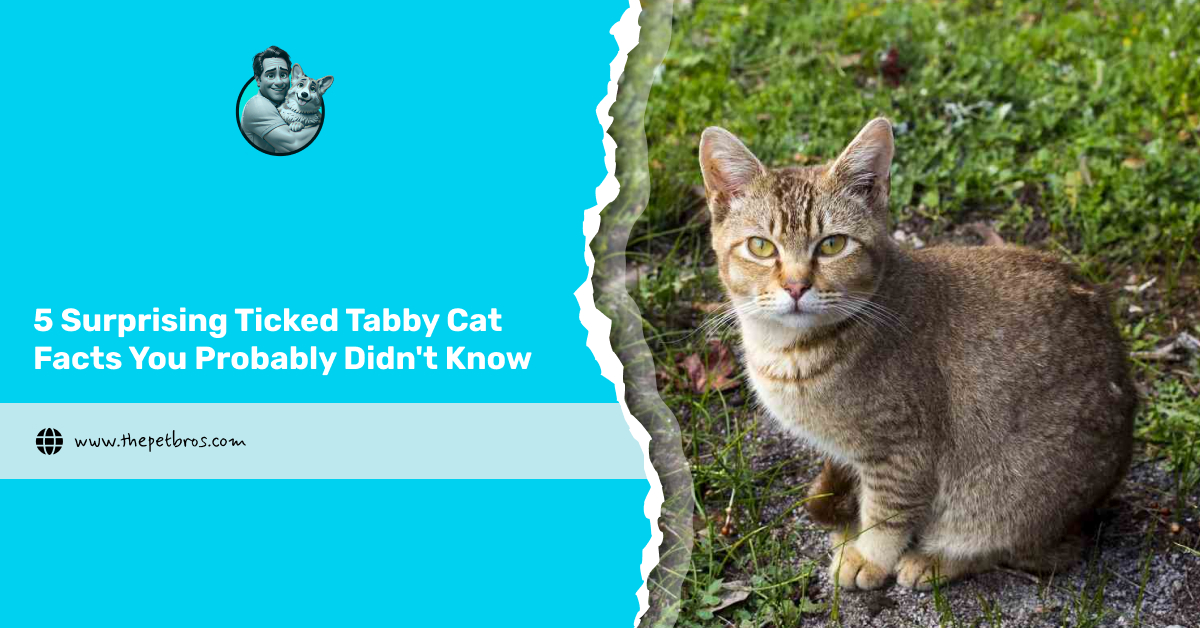Your cat’s been scratching again. Not the cute, lazy kind of scratch that ends with a stretch and a nap, the intense, head-turning kind that makes you stop mid-scroll. Before you panic or reach for random sprays, how about we first try to identify what’s really going on? Fleas are one of the most common external parasites found on cats worldwide, and despite their size, they can cause severe discomfort.
A single female flea can lay up to 50 eggs per day, and in just a few weeks, those eggs hatch, grow, and multiply across your home. This research conducted by Small Animal Veterinary Surveillance Network (SAVSNET) in 2019 confirmed that indeed, flea infestations rise sharply during warmer months. Interestingly, indoor cats aren’t exempt; fleas can hitchhike in on clothes, shoes, or visiting pets. Once they settle, they feed on your cat’s blood, leaving itchy bite marks, irritated skin, and endless restlessness.
Therefore, understanding the signs and symptoms of fleas in cats early can save you time, money, and those dreaded sleepless nights. This guide breaks down everything you need to know to keep your cat comfortable, healthy, and flea-free.
Physical Signs of Fleas in Cats
When your cat starts scratching more than usual or seems uneasy, it might think she’s seeking attention, but it might be her way of telling you something. The most common signs and symptoms of fleas in cats can often be spotted on their skin and coat. Paying attention to these details early helps you act before the infestation spreads.
- Persistent scratching and biting: Flea bites cause intense itching, so cats may scratch, chew, or bite their fur repeatedly, especially around the neck, belly, and tail base.
- Flea dirt: Tiny black specks on the fur or bedding that look like pepper flakes are actually flea droppings. If you press one on a damp tissue and it turns red, that confirms the presence of fleas.
- Red bumps and skin irritation: Flea bites leave small red marks, often in thin-fur areas like the belly and armpits. These can worsen with scratching and lead to sores.
- White specks (flea eggs): Small, salt-like grains at the base of your cat’s fur are flea eggs waiting to hatch.
- Bald patches: Over-grooming and excessive scratching can lead to hair loss, resulting in thin or uneven spots on the coat.
Behavioural Symptoms of Fleas in Cats to Watch Out For
Sometimes, the signs of fleas in cats aren’t visible on their skin at all. Instead, you’ll notice them acting differently. Fleas bite frequently, and each bite causes irritation, restlessness, and frustration. A cat that’s constantly grooming, twitching, or pacing may be trying to soothe that persistent itch.
Over-grooming is one of the most obvious behavioural symptoms of fleas in cats. You may notice your cat licking or chewing the same area repeatedly, which can often lead to hair thinning or bald patches around the belly or tail.
Fleas also affect your cat’s mood. A normally calm or affectionate cat may become irritable, restless, or quick to hide. Many cats avoid being touched, especially along the back or neck, where fleas tend to bite. Others become unusually quiet, preferring to retreat to corners or dark spaces for relief. When an infestation lasts a while, fatigue can set in, leaving your cat less playful and more lethargic than usual.
If you have a long-haired breed like the maine coon, detecting fleas can be even harder. Their dense coat provides plenty of places for fleas to hide, meaning changes in behaviour are often the first clue something’s wrong.
Hidden and Secondary Effects of Fleas in Cats
Some of the most serious signs and symptoms of fleas in cats aren’t always visible right away. Once an infestation takes hold, it can lead to deeper health problems that affect your cat’s skin, immune system, and overall well-being. Here are the key secondary effects to look out for:
- Bacterial Infections (Pyoderma): Continuous scratching breaks the skin, allowing bacteria to enter and cause infection. You may notice scabs, red sores, or pus forming around irritated areas. Vets often treat this with medicated ointments or antibiotics to heal the wounds and prevent further discomfort.
- Flea Allergy Dermatitis (FAD): Some cats develop allergic reactions to flea saliva, resulting in extreme itching, scabbing, or hair loss. Even a single flea bite can trigger this reaction. If your cat continues to scratch despite treatment, your veterinarian may suggest an allergy test to confirm sensitivity or medicated baths for relief.
- Anaemia: Heavy infestations can cause significant blood loss, especially in kittens or older cats. Signs include pale gums, weakness, and lethargy. Anaemia caused by fleas requires immediate veterinary attention, as it can quickly become life-threatening if left untreated.
- Weight Loss and Poor Coat Condition: The longer fleas stay, the more they affect your cat’s appetite, energy levels, and coat quality. You may notice dull fur, thinning patches, or a general decline in body condition. Regular grooming and proper flea care can help restore a healthy shine once treatment begins.
- Secondary Stress and Restlessness: Constant itching and discomfort make it difficult for cats to rest or feel safe. Fleas can cause behavioural changes, such as hiding, irritability, or a loss of appetite. These behavioural signs of cat fleas are often your cat’s way of asking for help before more serious symptoms appear.
To make it easy to understand how these issues develop, here’s a quick summary:
| Condition | What Happens | Visible Signs | Care Tip |
|---|---|---|---|
| Pyoderma (Bacterial Infection) | Bacteria enter scratched skin | Red sores, scabs, pus | Keep wounds clean, use vet-prescribed antibiotics |
| Flea Allergy Dermatitis (FAD) | Allergic reaction to flea saliva | Excessive itching, scabs, patchy fur | Ask the vet for allergy testing and medicated relief |
| Anaemia (Severe Cases) | Blood loss from heavy infestation | Pale gums, fatigue, weakness | Urgent vet attention, flea removal, supplements |
What to Do When You Notice the Signs and Symptoms of Fleas in Cats
Once you recognise the signs of cat fleas, it’s time to act quickly. Fleas multiply fast, and waiting too long can turn a minor irritation into a full infestation. Here’s a simple, vet-approved process to help you get rid of them safely and effectively:
- Confirm the Infestation: Use a fine-tooth flea comb to check your cat’s fur, focusing on the neck, belly, and tail base. Flea dirt will appear as small black specks that turn red when damp.
- Consult Your Veterinarian Before Treatment: Always consult your veterinarian before applying any product, especially for kittens, pregnant cats, or cats with allergies. They will ensure you choose the right flea treatment for cats.
- Choose the Right Flea Treatment: There are effective options to eliminate fleas:
- Spot-on treatments: Applied to the back of the neck, kill fleas within hours.
- Oral medications: Fast-acting tablets that work through the bloodstream.
- Prescription products: Often stronger than over-the-counter ones.
- Flea collars: Provide ongoing protection, but should always be vet-approved.
- Clean and Treat Your Home: Fleas can also infest your home. Vacuum carpets, wash bedding at 60°C, and use a household flea spray to kill eggs and larvae. Treat all pets in the household simultaneously.
- Monitor and Repeat as Directed: Follow up treatments exactly as instructed. Most flea treatments should be repeated monthly. Continue checking your cat for signs of fleas in cats, especially after outdoor play or contact with other pets.
So, Which Sign of Cat Fleas Did You Spot First?
Spotting the signs and symptoms of fleas in cats early can make all the difference between a quick fix and a long battle. Whether it’s flea dirt on your cat’s coat, sudden mood changes, or endless grooming sessions, staying alert keeps your feline healthy and happy.
A balanced diet and gentle grooming can also help the skin recover faster and restore your cat’s coat. Be consistent with flea care and treatment to protect your pet from future infestations.
Signs and Symptoms of Fleas in Cats FAQs
What can be mistaken for fleas on cats?
Dry skin, dandruff, or tiny scabs can look similar. Check for movement or reddish flea dirt to distinguish between the two.
What kills fleas on cats immediately?
Fast-acting vet-approved spot treatments or oral medications work best. Always choose cat-specific products.
How will my cat act if she has fleas?
She may scratch, lick, or bite more than usual, act restless, or avoid cuddles because her skin feels irritated.














